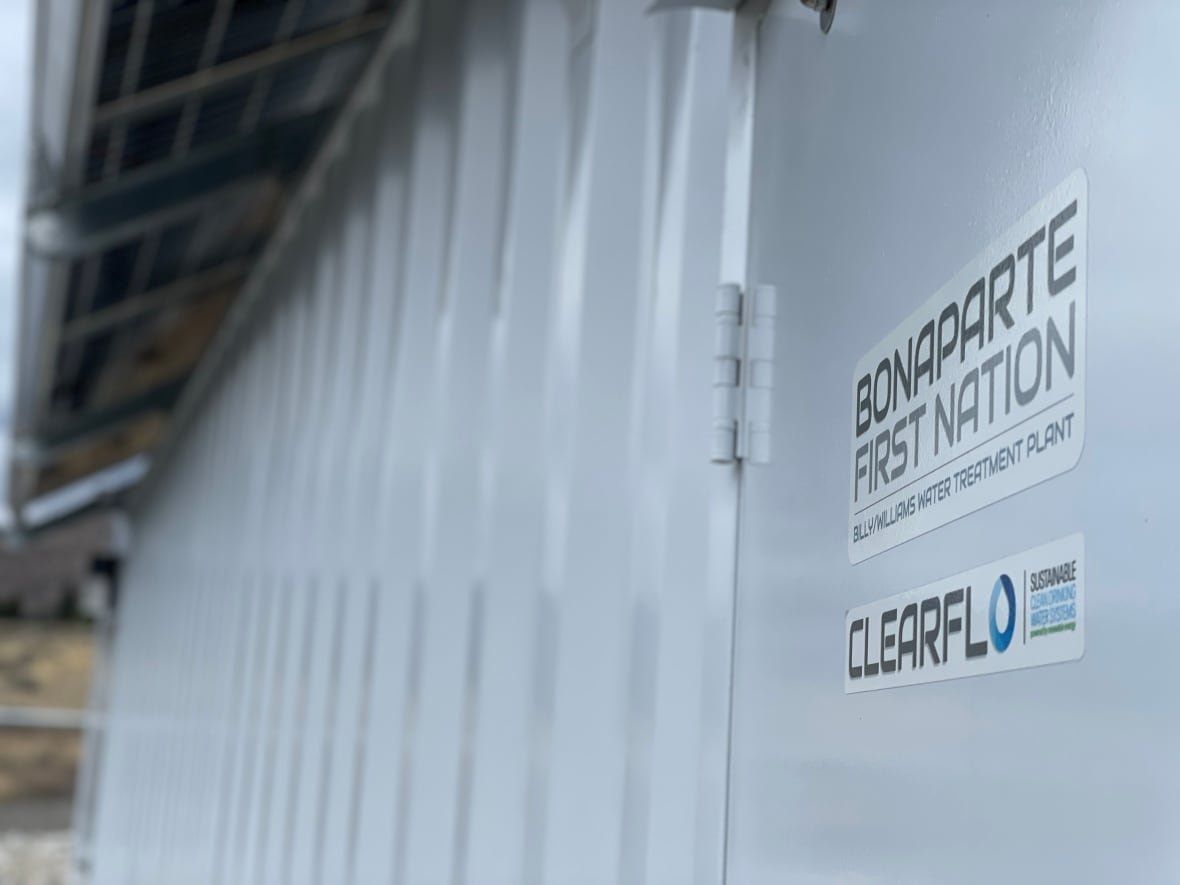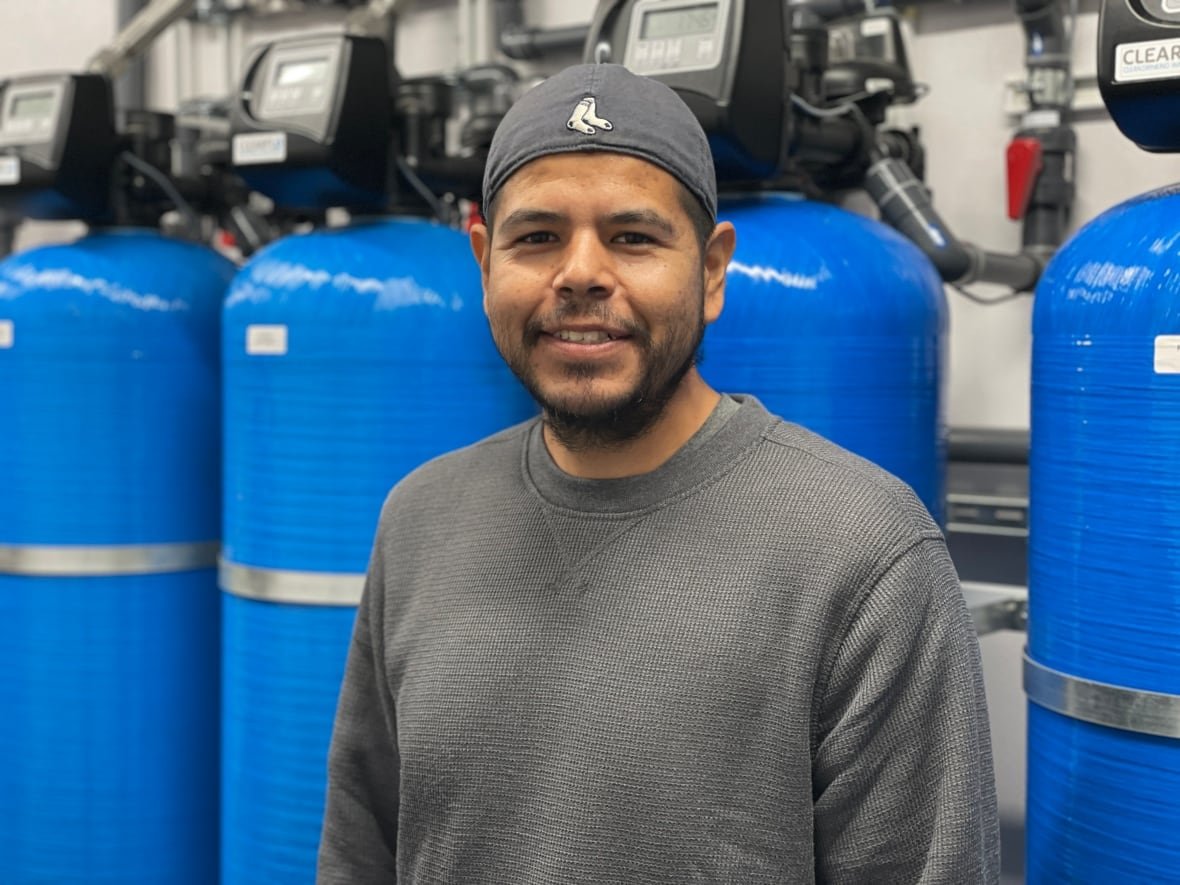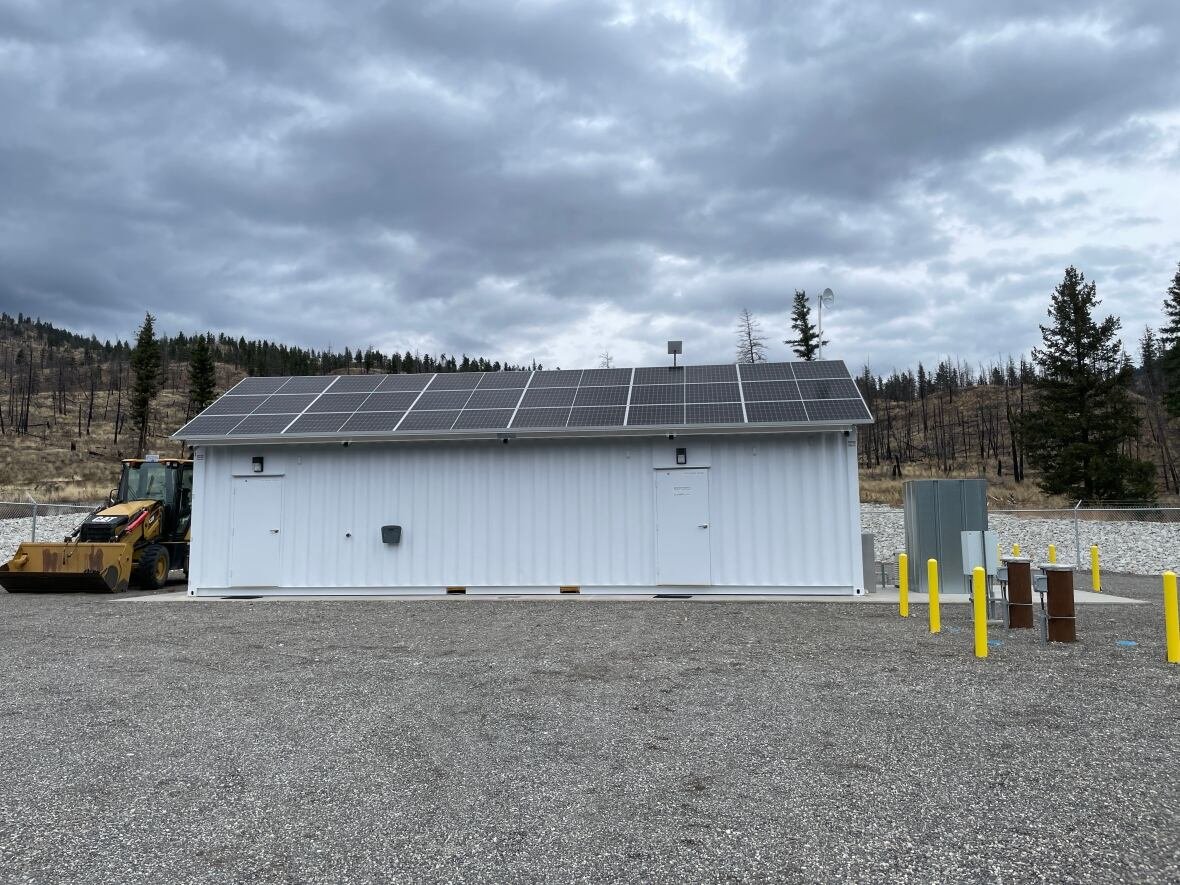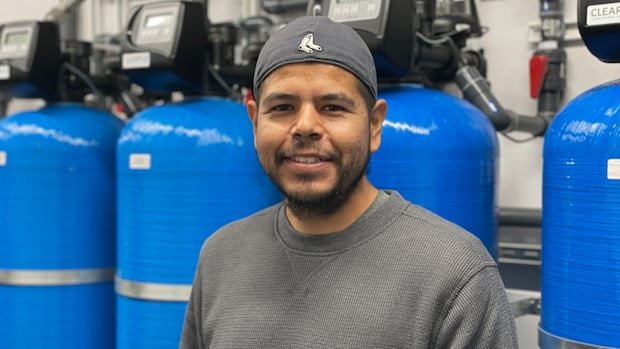For most of Dean Morgan’s 67-year life, he wasn’t able to drink clean water in his home.
“It’s just like a real slime…. It was like what they called beaver fever water.”
Sometimes, he would go to the creek near his home on IR #1 of St’uxwtéws (Bonaparte First Nation) to grab jugs of water because it was cleaner and safer than the water he was able to get from his taps.
Morgan and his brother used to take containers of the murky water to the chief and council and to federal representatives to ask if they would be willing to drink that.
For more than four decades, parts of his community dealt with on-and-off boil water advisories. In Canada, the federal government has committed to ending long-term drinking water advisories.
Indigenous Services Canada says 146 advisories have been lifted since 2015, but 32 remain in place.
Since 2020, St’uxwtéws near Cache Creek has been able to get more than $14 million in funding from Indigenous Services Canada to put in water treatment plants.

The 264 on-reserve members live in three reserves in the community, meaning it took time for all the homes to be hooked up to effective water treatment systems.
This summer, the nation was able to hook up the final two of four water treatment plants needed to ensure all three of its reserves have clean, safe drinking water.
Whole community benefits
Kukpi7 Frank Antoine says it’s advocacy from the whole community that led to these new facilities.
“Our generation, especially our elders, who weren’t elders back then, our elders today are the ones who are benefiting from it now.”
The new facilities remove heavy metals along with strange smells and tastes, leaving clean water.
“This is massive. You don’t take into account how much water affects you,” said Byron Porter, the St’uxwtéws’ water manager.
He helps to run the facilities, and while there were challenges to getting these sites up and running, he said they were guided by a shared goal.
“That was to produce clean, safe drinking water for the community, and this took a partnership with not just local government, but also the federal government.”

The treatment plants have been built so they can accommodate growth in the community, which Antoine hopes will bring some off-reserve members back home.
Global example
While progress is being made to provide clean drinking water to Indigenous communities like St’uxwtéws, there’s still more work to be done.
Madjid Mohseni has spent years studying water innovation in his role as a professor at the University of British Columbia department of chemical and biological engineering.
“We are far from where we should be in terms of making sure that every individual or every First Nation person who lives on reserves or off reserves has access to safe drinking water.”
He said the federal government needs to work with local communities to ensure that the solutions to get clean water are sustainable locally and for models like the one used by St’uxwtéws to be promoted.
“They want to actually showcase their success stories. They want to actually use that model to help their neighbouring communities, other communities.”
WATCH | First Nation gets clean drinking water:
The Bonaparte First Nation has installed water treatment systems to provide clean drinking water to people on all three of its reserves. As Jenifer Norwell reports, it’s been in the works for more than four decades.
He said that will be the key to sustainable water treatment in rural areas.
“By being able to address the needs of our First Nations communities and their water, we are actually going to come up with innovative solutions or innovative approaches that can not only solve the problems in Canada but also can work globally as well.”
As for Elder Dean Morgan, he’s just glad the water in his home is clean and clear.
“I’m really happy… because I can drink the water. I can bathe in it.”
















